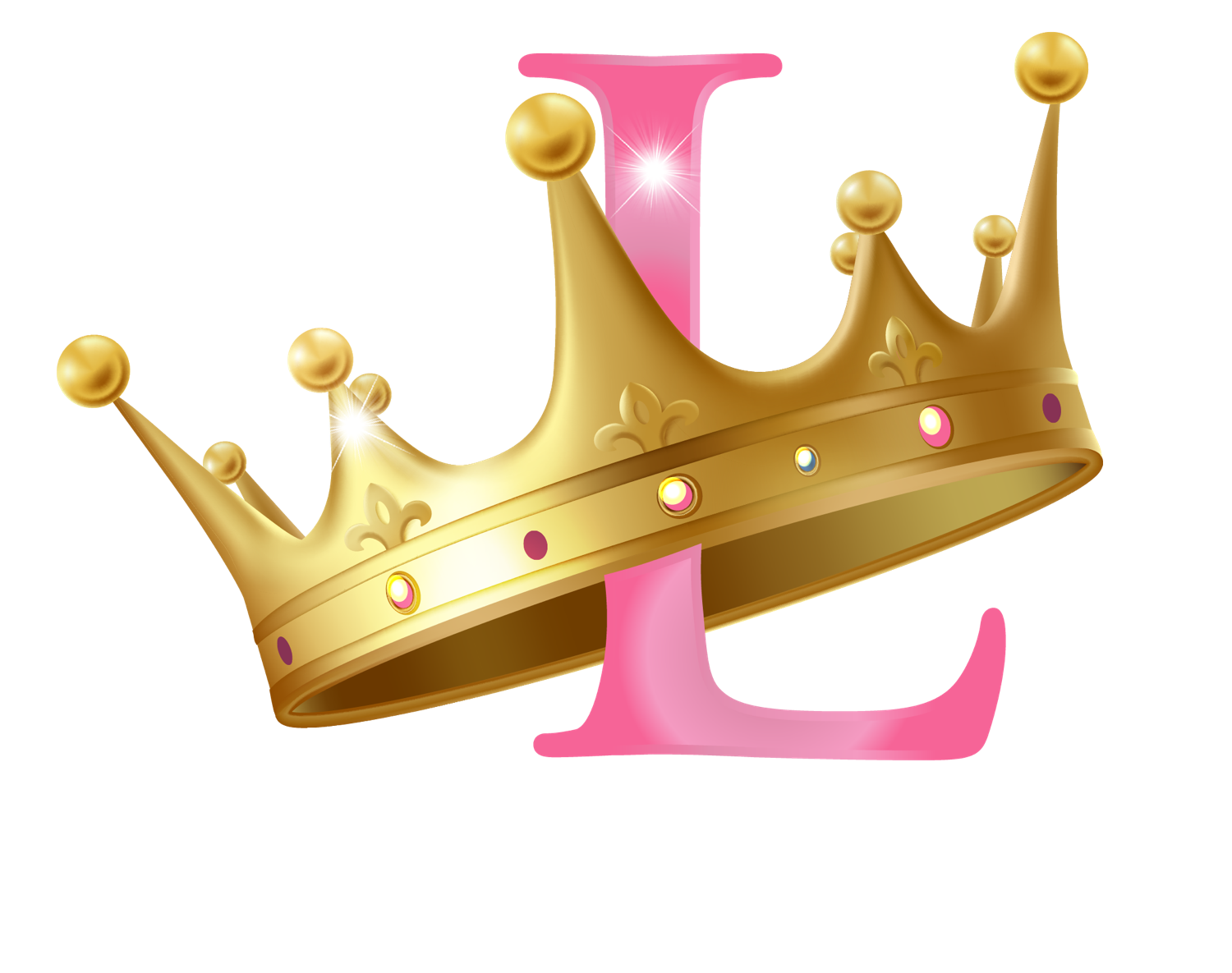How a Wig Can Help Your Child Cope With Alopecia
- Administrative Staff
- Sep 16, 2021
- 2 min read
Alopecia in children can be emotional to deal with for both the child and his or her parents. With alopecia, the absence of hair can cause your child to be self-conscious or have lower self-esteem; as a parent, seeing that in your child can be difficult as well.

A child under five years of age often does not experience the same emotions about hair loss as those who are older do. Younger children are often not as insecure about their condition or appearance. However, as a child continues to grow and mature, the realization of having alopecia can cause feelings of sadness and frustration. For some children, a wig is a great option to help them cope with their different physical appearance.
Because of bullies at school, often children will want to keep the fact that they wear a wig discreet to the other children around them. In order to help your child achieve this, it’s important to know what to look for in a wig to make it appear natural. The wig material is an important decision to make. A higher quality wig is made of human hair, making it less likely that those who your child interacts with will know that your child is wearing one.
Often, what parents are most concerned about when their child wears a wig is that it won’t be able to stay put because children are so active. There are many different attachment types that allow for the wig to be secure. A professional can help you and your child decide which attachment type is best for your child’s lifestyle.
Although a wig may be an easy way to cover the appearance of hair loss, there is still emotional and psychological impact on a child with alopecia. It’s important to support your child by encouraging them to talk about their feelings. It is often a good idea to get your child involved in support groups and meetings with counselors and other mental health care professionals.



Comments